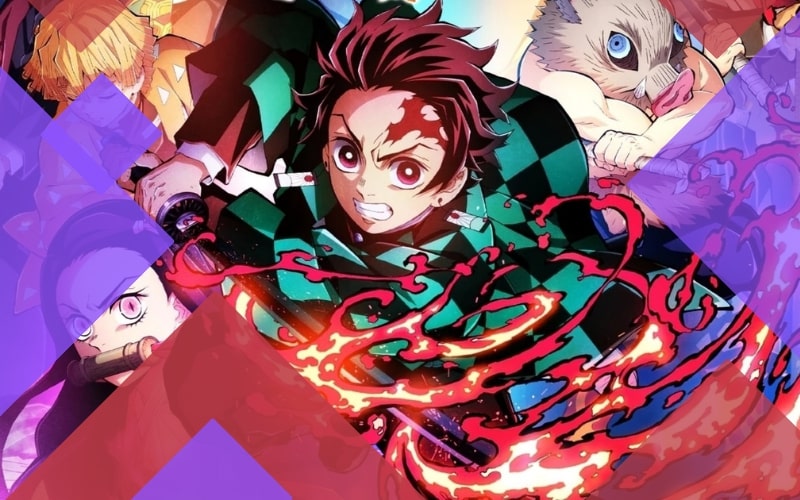“Demon Slayer: Kimetsu no Yaiba” has been a revelation for me. As an anime enthusiast, I’ve been captivated by its stunning production quality, the seamless integration of CGI, and the breathtakingly beautiful backgrounds. The series has set a new benchmark for digital anime series with its technical brilliance.
The Artistic Sensibility
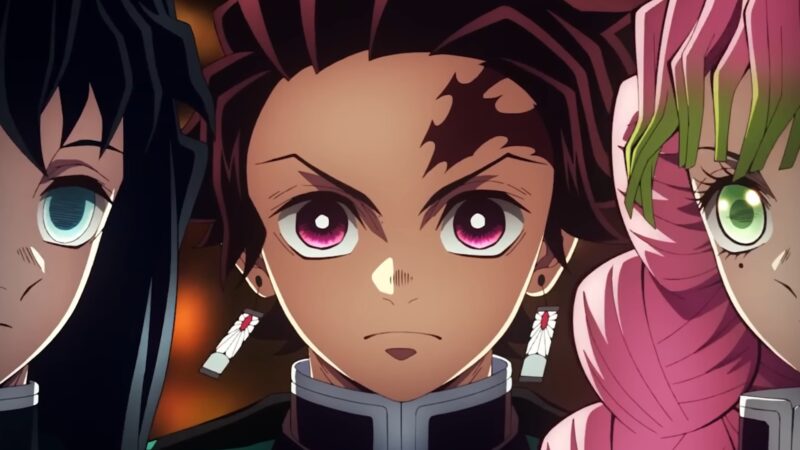
The artistic sensibility of “Demon Slayer” is truly distinctive. The action scenes are not flashy because of some over-the-top superpowers, but because of the elemental effects that are used as visual metaphors for the sword techniques of the demon slayers. Tanjiro’s water-like strikes and Zenitsu’s lightning-fast attacks paint the battlefield in a unique way, making the fight scenes not only beautiful but also intuitive. We, as viewers, can understand their fighting styles without the need for lengthy explanations.
The Influence and Narration
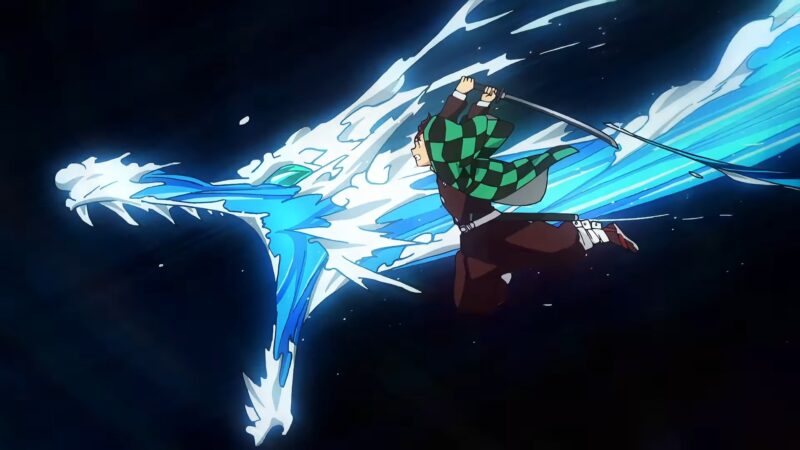
The series has a novel action concept that feels fresh, even with the evident influence of modern classics like Dragon Ball. However, the real strength of “Demon Slayer” lies in its characters and the confident, thematically driven narration. Initially, I was under the impression that the series was all about endless action scenes. But as I continued watching, I realized that the series uses conflicts to advance its central themes and character arcs.
Efficient Storytelling
“Demon Slayer” is an incredibly efficient series. Each battle adds meaning and propels the plot forward in an interesting way. From Tanjiro’s first fight with Tomioka to the survival test and the drumhouse battle, every conflict introduces new concepts, characters, and structures, making the series engaging and dynamic.
The Core Conflict
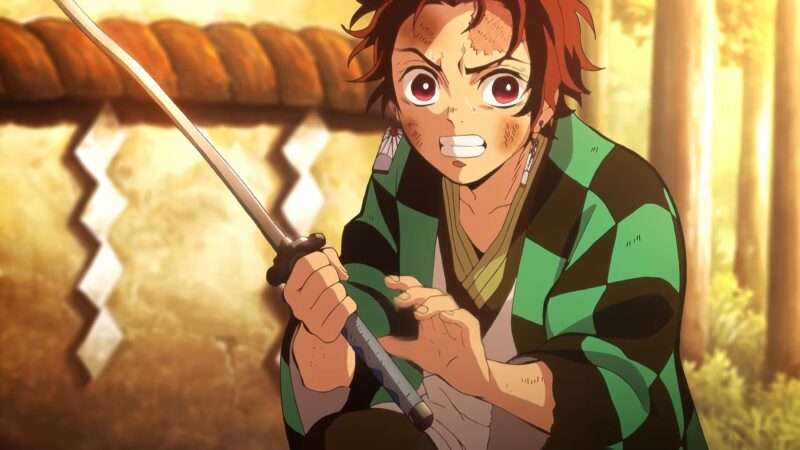
The conflict between fear and love lies at the core of the “Demon Slayer” narrative. The series leaves us with a beautiful, yet bittersweet aftertaste. It is also surprising how the demons are portrayed; the creatures have been painted as sympathetic figures with understandable motivations, but at the same time the series is careful as to never let that excuse their corrupted behaviors.
The Human Aspect
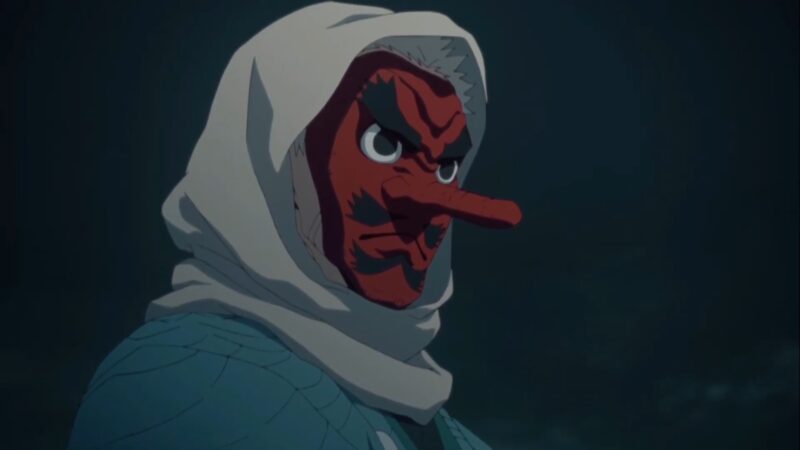
“Demon Slayer” establishes that demons can also be seen as humans. If it is your family then you should show them kindness and respect even if they’re doing something bad. The greatest kindness that Tanjiro can show his foes is to kill them painlessly using a technique that a Urokudaki taught him. I really like what Tanjiro represents as a hero. He uses violence only to an extent where it’s necessary so as to protect himself and others. He is legitimately one of the best role models I’ve seen.
Conclusion
“Demon Slayer” shows that fight scenes can be engaging and interesting and it is a refreshing series to watch. It has been a journey of discovery for me, and I can’t wait to see where it takes me next.

